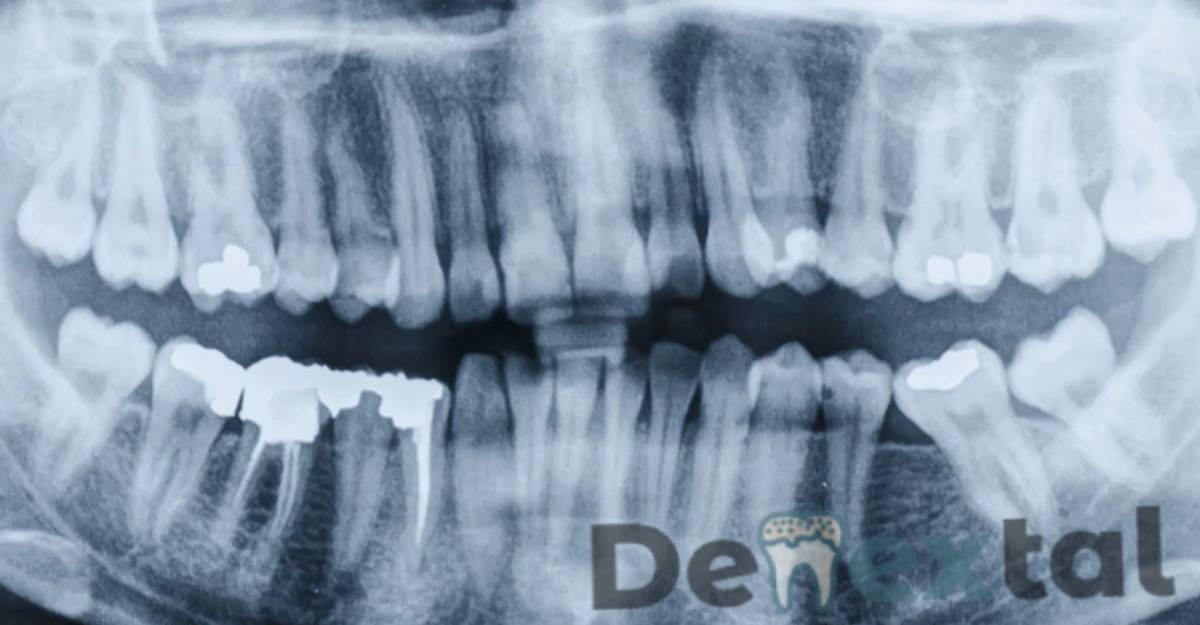Dental abscess xray, dental abscesses can be extremely painful and if left untreated can lead to serious complications. A dental abscess x-ray is a common way for dentists to diagnose a dental abscess and plan the appropriate treatment. In this article, we will explain what a dental abscess is, how it is diagnosed using x-ray, what the x-ray shows, and the treatment options available. Additionally, we will also answer some frequently asked questions about dental abscess x-rays. This article will provide valuable information for anyone experiencing tooth pain or suspecting a dental abscess and seeking to understand more about the diagnostic process and treatment options.
What is a Dental Abscess and How is it Diagn?
A dental abscess, also known as a tooth abscess, is a pocket of pus that forms at the end of a tooth or in the gums. Dental abscesses are caused by bacterial infections, which can occur as a result of tooth decay, gum disease, or injury to the tooth. They can be extremely painful and if left untreated can lead to serious complications.
One of the most common ways to diagnose a dental abscess is through the use of a dental abscess xray. This type of x-ray allows dentists to see the inside of the tooth and surrounding jawbone, allowing them to determine the extent of the infection and plan the appropriate treatment.

What Does a Dental Abscess X-ray Show?
A dental abscess xray will typically show the location of the abscess, as well as the surrounding bone and any damage that may have been caused by the infection. It can also help the dentist to see if there is any spread of the infection to other parts of the jaw or face.
Dental abscess xrays are typically taken using a panoramic x-ray machine, which allows the dentist to see the entire jaw and teeth in one image. They may also take periapical x-rays, which are taken of individual teeth.
Treatment for Dental Abscess
Once the dental abscess has been diagnosed through x-ray, the next step is to begin treatment. The treatment plan will depend on the severity of the infection and the size of the abscess.
The most common treatment for a dental abscess is a root canal procedure. This involves removing the infected pulp from the tooth, cleaning and disinfecting the inside of the tooth, and filling it with a special material to prevent further infection.
In some cases, the tooth may need to be extracted if the infection is severe or if the tooth is too damaged to be saved. Antibiotics may also be prescribed to help fight the infection.
Frequently Asked Questions
Is it normal to have pain or swelling after a dental abscess xray?
No, it is not normal to have pain or swelling after a dental abscess xray. If you are experiencing these symptoms, you should contact your dentist as soon as possible.
Can a dental abscess be treated without a root canal?
While a root canal is the most common treatment for a dental abscess, in some cases, the abscess may be small enough to be treated with antibiotics alone. However, it is important to see a dentist as soon as possible to determine the appropriate course of treatment.
Can a dental abscess come back after treatment?
While it is rare, it is possible for a dental abscess to come back after treatment. This is more likely to happen if the underlying cause of the abscess, such as tooth decay or gum disease, is not addressed. To prevent this, it is important to maintain good oral hygiene and see your dentist regularly for checkups.
Conclusion
Dental abscesses are a serious oral health issue that can cause severe pain and lead to serious complications if left untreated. A dental abscess xray is a common way for dentists to diagnose and plan treatment for a dental abscess. The x-ray allows dentists to see the inside of the tooth and surrounding jawbone, and determine the extent of the infection. The most common treatment for a dental abscess is a root canal procedure, however, in some cases, the abscess may be small enough to be treated with antibiotics alone. It is important to see a dentist as soon as possible if you suspect you have a dental abscess and to maintain good oral hygiene to prevent recurrence.
In summary, dental abscess xray is an important diagnostic tool in identifying the presence and location of dental abscess, which can lead to appropriate treatment options. Understanding the symptoms, diagnosis, and treatment of dental abscess is crucial in maintaining good oral health and preventing serious complications.

